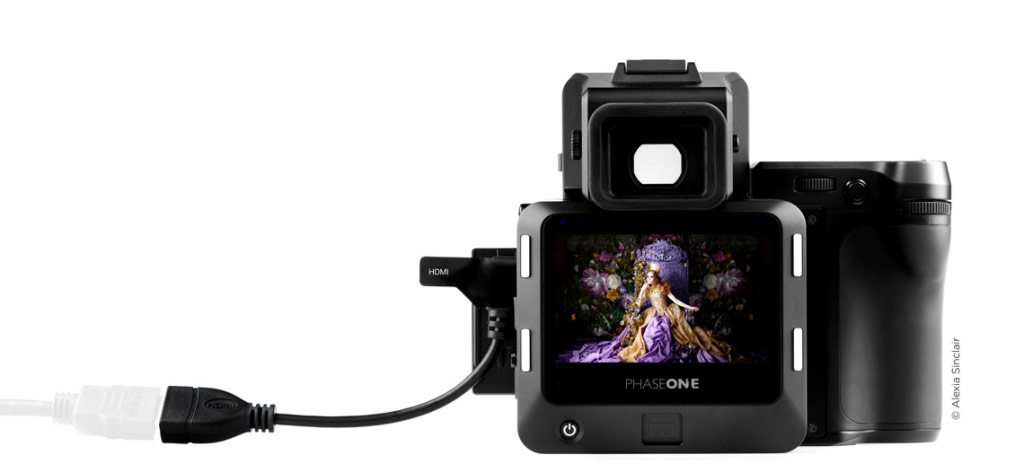Digital Transitions, Gear Testing, Phase One
HDMI on the Phase One IQ3 100mp
During this week’s Phase One IQ3 100mp Open Houses we’ve found one of the most popular topics of testing and discussion has been the new HDMI out feature. This allows the IQ3 100mp Live View to be viewed on any HDMI device including field monitors (e.g. the Atomos Ninja Blade 5″ HDMI On-Camera Monitor & Recorder we have in our office for demos) or any modern TV. For those who can’t make it into our office we thought we’d thought we’d bring the office to you, in the form of a few short videos. But first, a quick review of the several ways the Live View on an IQ3 digital back can be used:
- HDMI Out to a small battery powered field monitor (IQ3 100mp only)
- Built-in WiFi to iOS device using Capture Pilot (any IQ3)
- USB3 to Capture One on PC or Mac (any IQ3)
- Retina Touch Screen LCD on the digital back itself
Just For Fun – 2016: An HDMI Odyssey
Phase One IQ3 100mp HDMI Explained
In this video we demonstrate the options available when using the HDMI out feature.
- Aspect ratio can be set to 4:3 or 16:9. In the case of 16:9 the top and bottom of the frame are cropped, so that it fills the frame of the wider-aspect-ratio TV or monitor.
- Zoom can be set to fit (based on aspect ratio) or 100%. At 100% you are viewing the actual pixels of the camera, which allows for super-fine focusing.
- Exposure can be set to Manual (which you can adjust by effective shutter speed and ISO) or Auto [not explained in video]
- You can trigger a capture while in HDMI mode. The resulting file is stored on the CF card or transferred to the computer if shooting tethered. The HDMI feed will pause momentarily while the capture is taking place. If using a Leaf Shutter lens only the leaf shutter fires, ensuring very low vibration and noise. [not explained in video]
Bonus: Live View + Overlay [no audio]
As a bonus, here is a short video showing us using Live View via USB3 combined with the Overlay feature of Capture One Pro.Overlay is usually used to help fit a particular layout (e.g. to show where the magazine’s barcode and main title will go, to compose an image around those elements), but is also effective at matching previous shots. We originally set up our still life on a gray background, and after meticulously arranging our subject matter we decided, and much to the chagrin of our stylist, that a black background was preferable. Since we had already signed off on the position of each object we used the Overlay tool in Capture One’s Live View to facilitate the change. In the audio-free video below you’ll see the hands of the photographer and stylist moving the objects to fine tune their position based on the on-gray capture.

